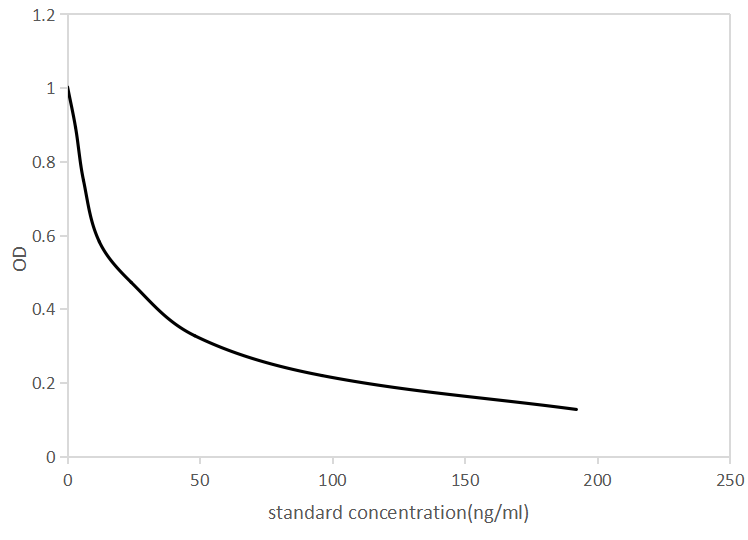Polyclonal Antibody to 5-Hydroxyindoleacetic Acid (5-HIAA) 

5HIAA
Overview
Properties
- Product No.PAB005Ge01
- Organism SpeciesPan-species (General) Same name, Different species.
- ApplicationsELISA, CLIA. / IHC-Fr, ICC, IP (predicted).
If the antibody is used in flow cytometry, please check FCM antibodies.
Research use only - DownloadInstruction Manual
- CategoryMetabolic pathwayTumor immunityEndocrinology
- SourcePolyclonal antibody preparation, Host Rabbit
- Ig Type IgG, Potency n/a
- PurificationAntigen-specific affinity chromatography followed by Protein A affinity chromatography
- LabelNone
- Immunogen CPB005Ge21-OVA Conjugated 5-Hydroxyindoleacetic Acid (5-HIAA)
- Buffer FormulationPBS, pH7.4, containing 0.02% NaN3, 50% glycerol.
- TraitsLiquid, Concentration 0.5mg/ml
Sign into your account
Share a new citation as an author
Upload your experimental result
Review

Contact us
Please fill in the blank.
Specifity
The antibody is a rabbit polyclonal antibody raised against 5-HIAA. It has been selected for its ability to recognize 5-HIAA in ELISA and CLIA.
Usage
Enzyme-Linked Immune Immunosorbent: 2.02mg/ml;
Immunohistochemistry: 5-20µg/mL;
Immunocytochemistry: 5-20µg/mL;
Optimal working dilutions must be determined by end user.
Storage
Store at 4°C for frequent use. Stored at -20°C in a manual defrost freezer for two year without detectable loss of activity. Avoid repeated freeze-thaw cycles.
Stability
The thermal stability is described by the loss rate. The loss rate was determined by accelerated thermal degradation test, that is, incubate the protein at 37°C for 48h, and no obvious degradation and precipitation were observed. The loss rate is less than 5% within the expiration date under appropriate storage condition.
Giveaways
Increment services
Citations
- Catha edulis chewing effects on treatment of paranoid schizophrenic patientsPubMed: 25926735
- Stress hormonal changes in the brain and plasma after acute noise exposure in mice.pubmed:27496010
- MEETING ABSTRACTS Open Access
- 4-Hydroxyphenyllactic Acid in Cerebrospinal Fluid as a Possible Marker of Post-Neurosurgical Meningitis: Retrospective StudyPubmed:35330399









